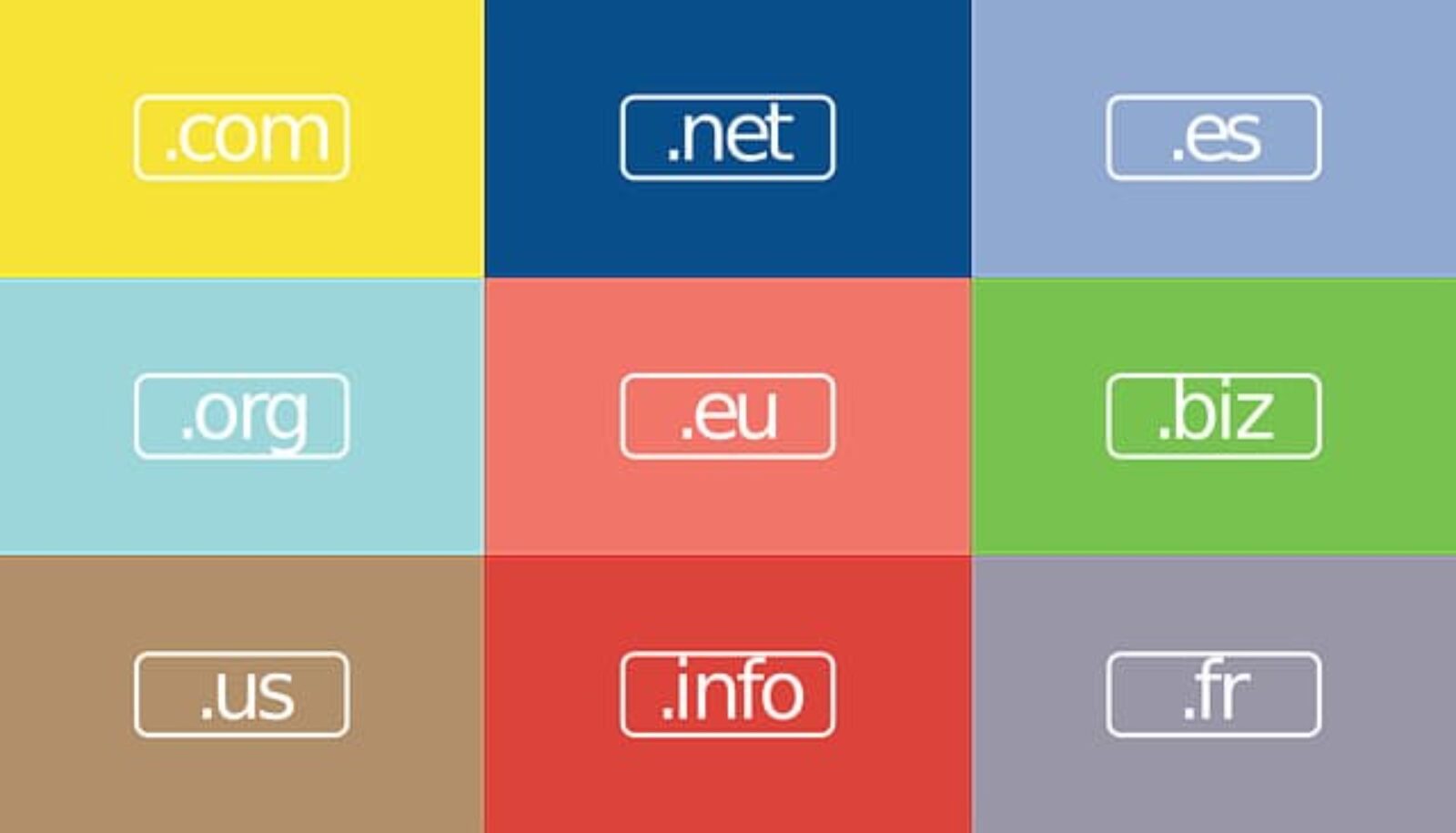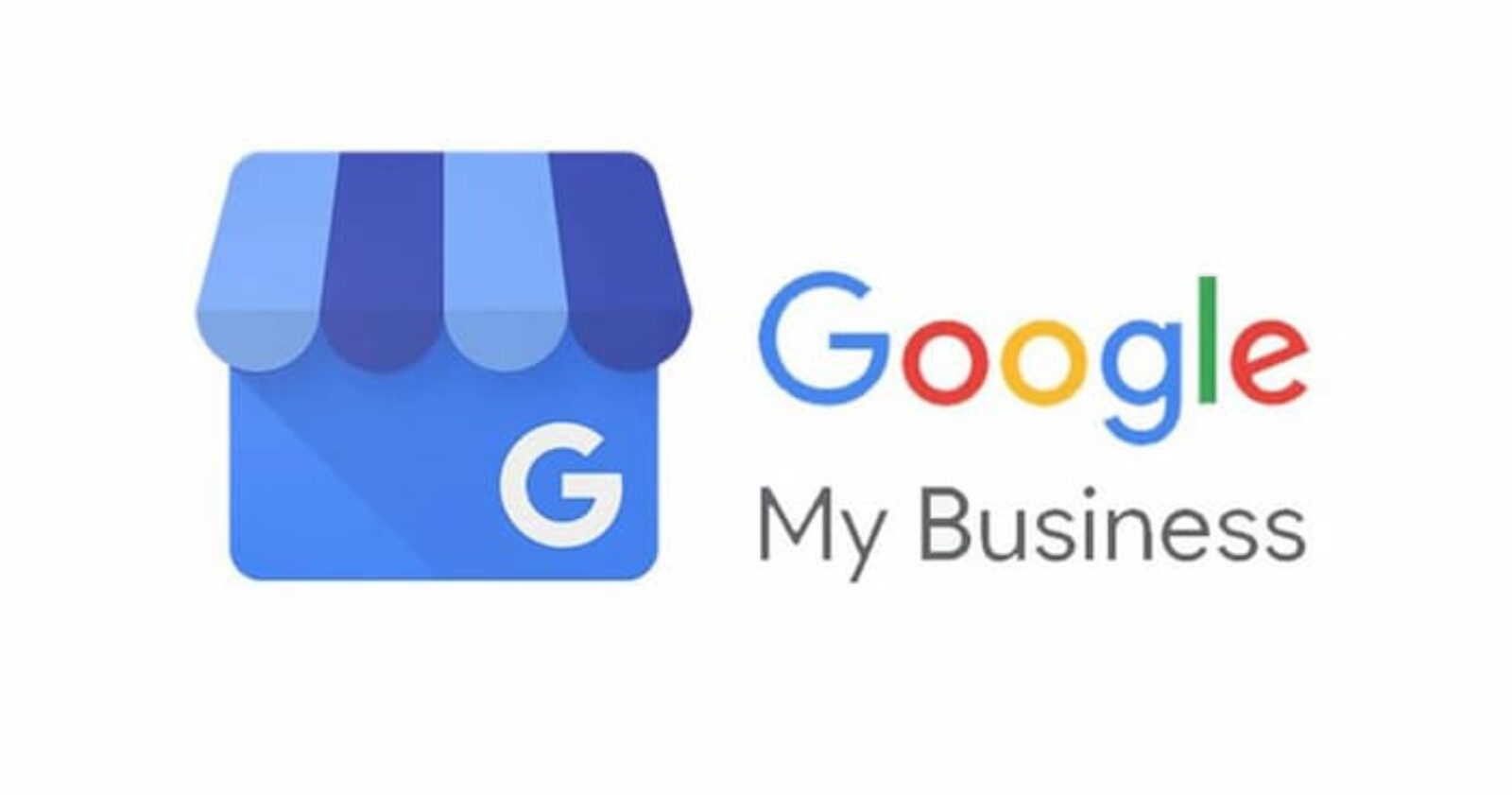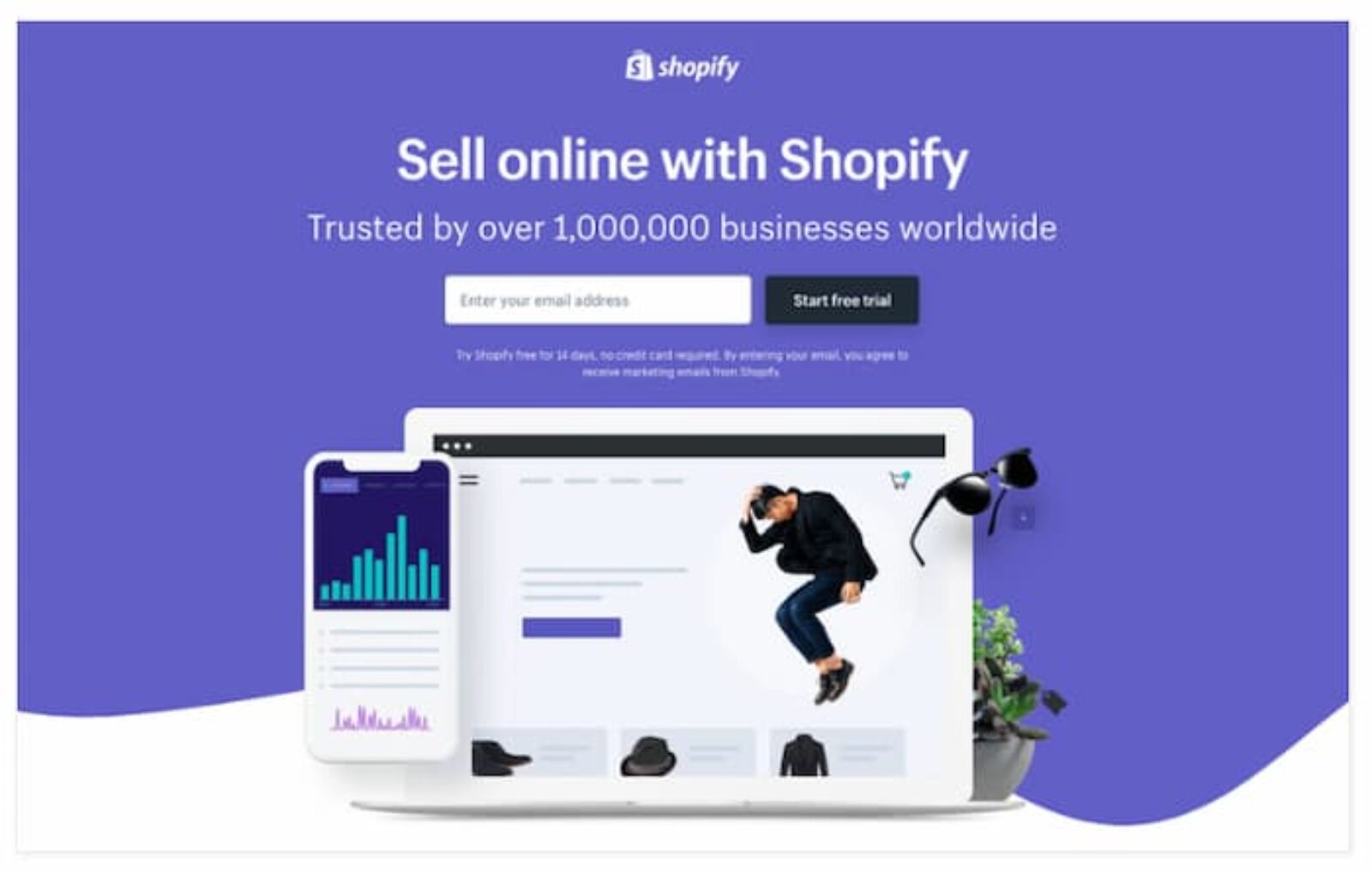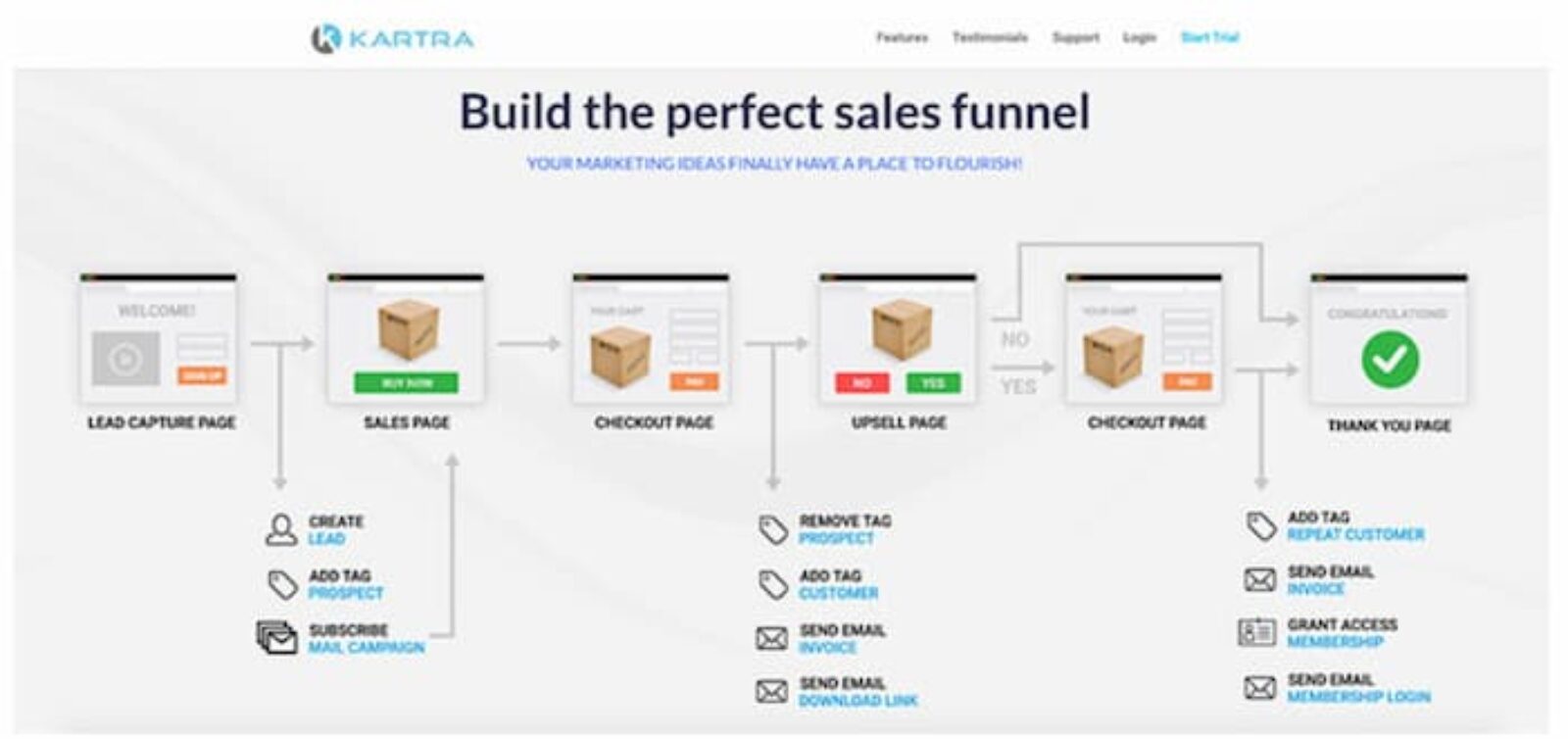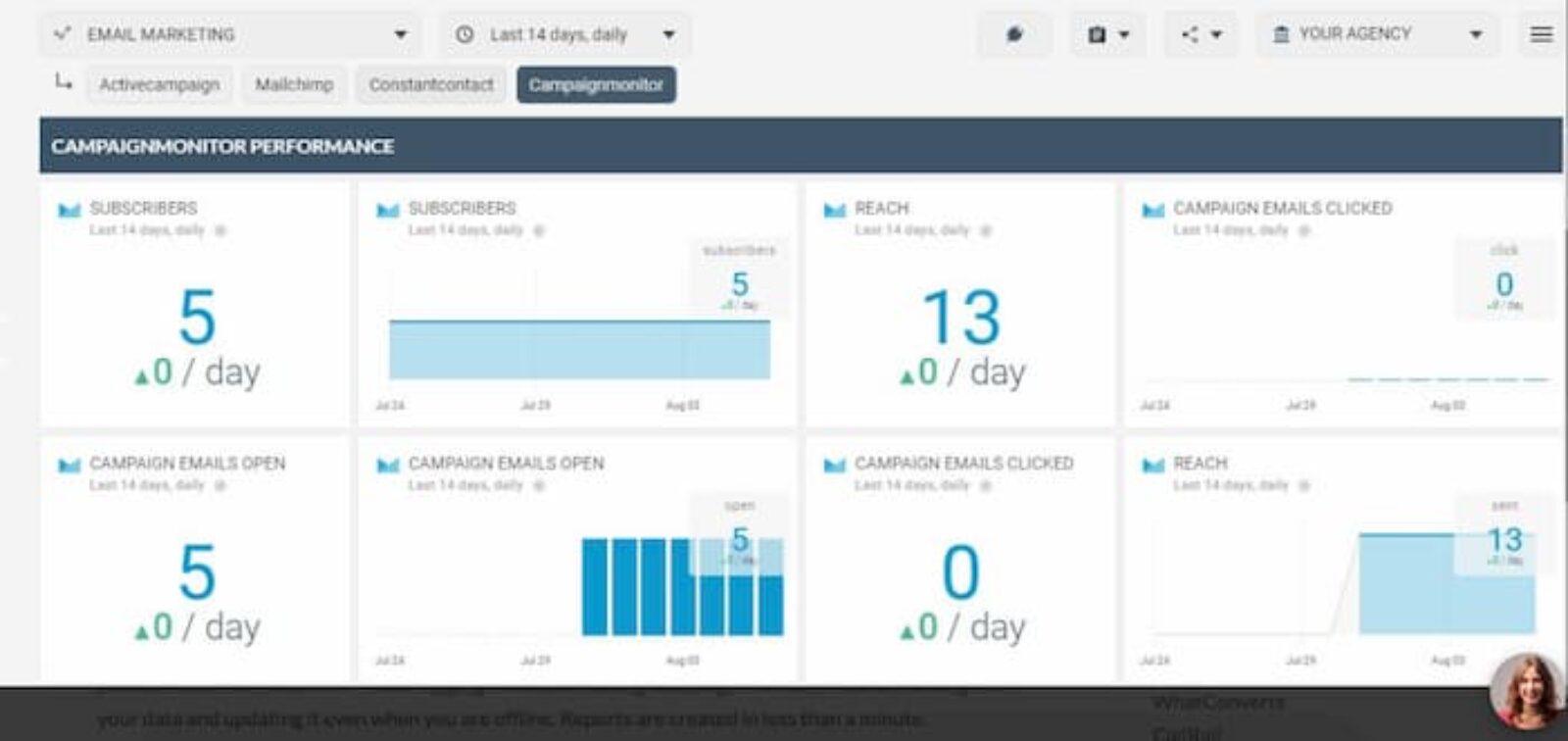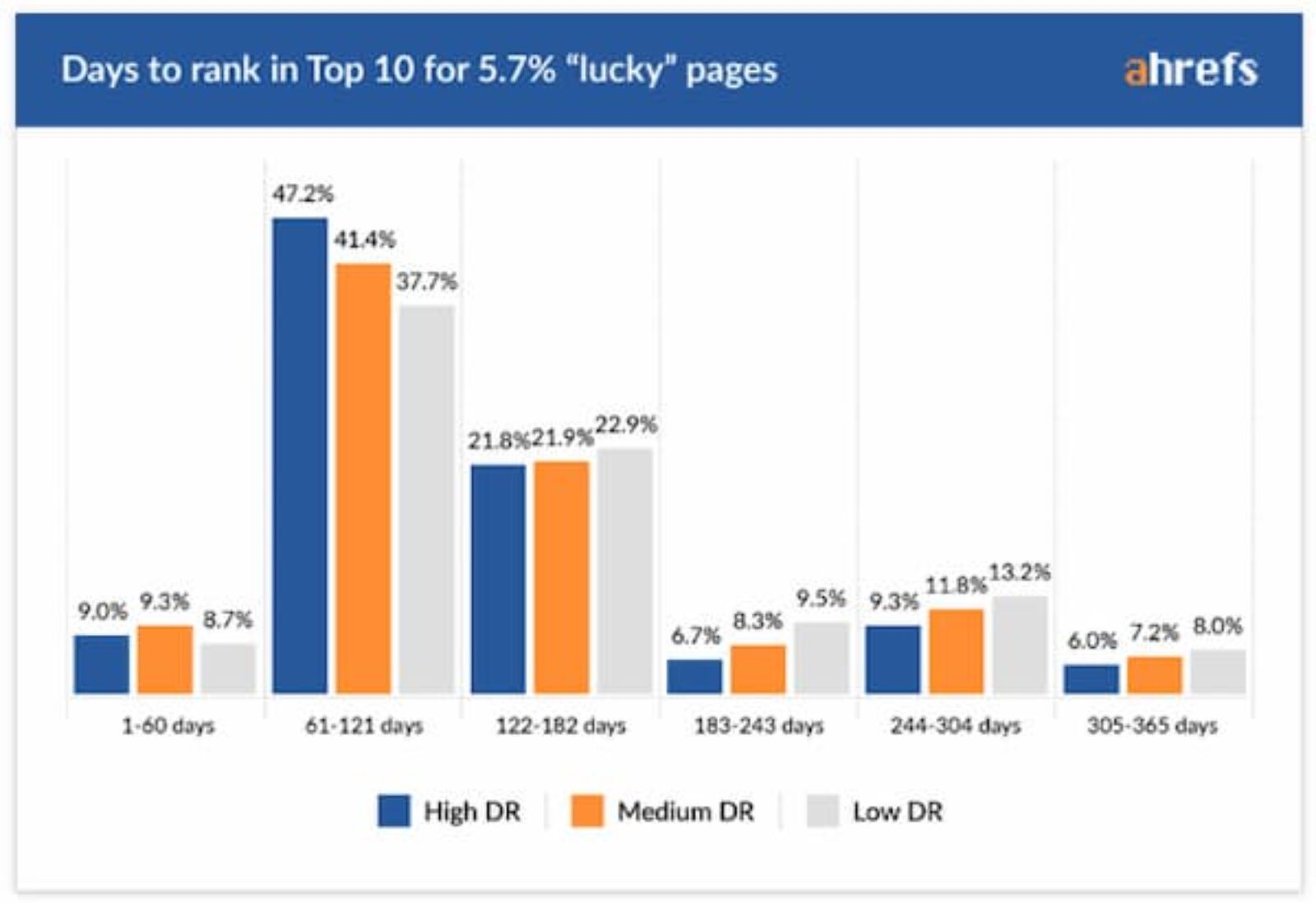The Evolution of AI Email Marketing Campaigns
Email marketing is one of the oldest digital marketing strategies that has proven to stand the test of time. No matter what your industry is, start building an email list as soon as possible to assist in the growth of your business. Here you’ll learn the importance of email...
April 29, 2023by Jigar AgrawalLocal SEO SEO strategy Small business marketing Technical SEO Toronto SEO
React SEO: Best Practices To Make It SEO-friendly
Search Engine Optimization (SEO) has become essential to any online presence. It not only impacts the success of a product or service in the marketplace but also affects the revenue and efficiency of any business owner, directly or indirectly. React websites face unique...
Local SEO vs Global SEO: What’s the Difference?
When you design a website, you have to decide which target market you are trying to reach. There are two types of SEO that can help you achieve this: Local SEO vs. Global SEO.A good SEO strategy is essential for any business that wants to be successful online. But what’s...
How To Choose A Good Domain Name For Your Business
Choosing a domain name may seem like the easiest part of your journey, make no mistake, the selection and securing process are layered with pitfalls that can affect the future of your business. There is literally a list of considerations to ponder before deciding (hence the...
Content strategy keyword research Link building Local SEO On-page optimization SEO strategy Technical SEO
7 Advanced SEO Strategies To Grow Website Traffic
Everyone has a website these days, but not everyone is ranking on the first page. How do you send droves of traffic to your website when thousands of others are competing for the same keywords? Here are some well-known advanced SEO strategies that are proven to increase...
January 25, 2021by Christian CarereLink building On-page optimization SEO strategy Technical SEO Web development
6 Different Types Of SEO Techniques
SEO is a practice that consists of many different tactics, strategies and efforts. It’s an umbrella term that can cover a wide spectrum of different types of SEO techniques that will make your website more optimized for search engines.Some websites will need more than...
11 Tactics To Increase Landing Page Conversions
Landing pages are an essential part of the marketing funnel. The sole purpose of a landing page is to achieve a specific goal conversion that moves visitors closer to purchasing from your company (deeper into your marketing funnel) or guides them to the purchase itself. When...
Email Marketing Strategies To Increase Engagement
You may be wondering why email marketing has made it this far in the digital marketing spectrum. This strategy is undoubtedly one of the oldest online marketing tactics and you would think eventually, people get tired of it and it would just not work as well. Wrong! Email...
Data-Driven Marketing: Invest In Effective Solutions
If you travel back in time to the turn of the century, you would find that in the year 2000 marketing was a very different animal. Most marketing was dominated by radio, television and ad placement in magazines and billboards. Fast-forward 20 years and the bulk of the spray...
Organic SEO Vs. PPC: Which Is Better?
It’s impossible to claim whether one form of traffic generation is better than the other. Like so many things in SEO, the truth is, it depends. To debate over organic SEO vs PPC and which is better, you’re going to need to consider a few important factors that go into making...




